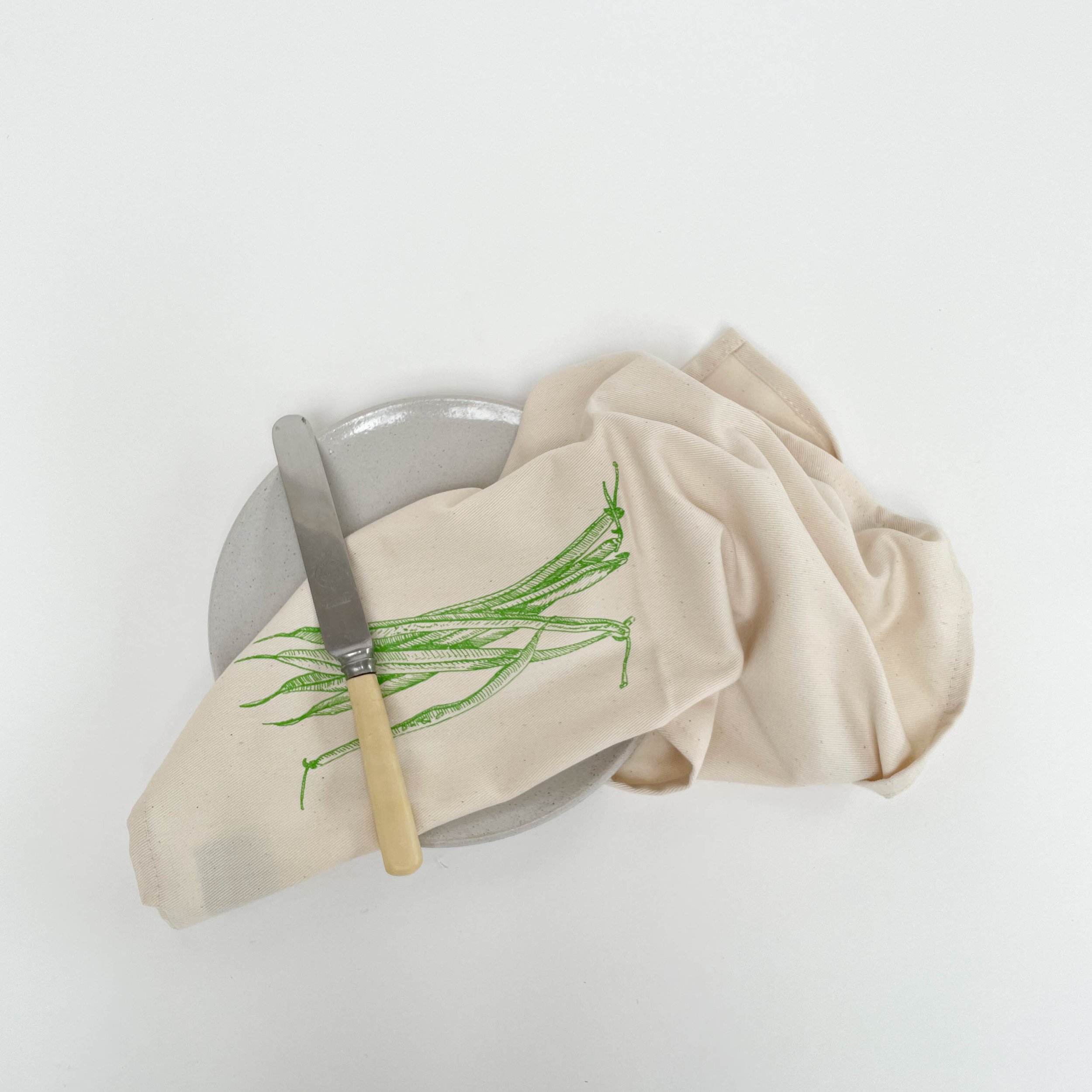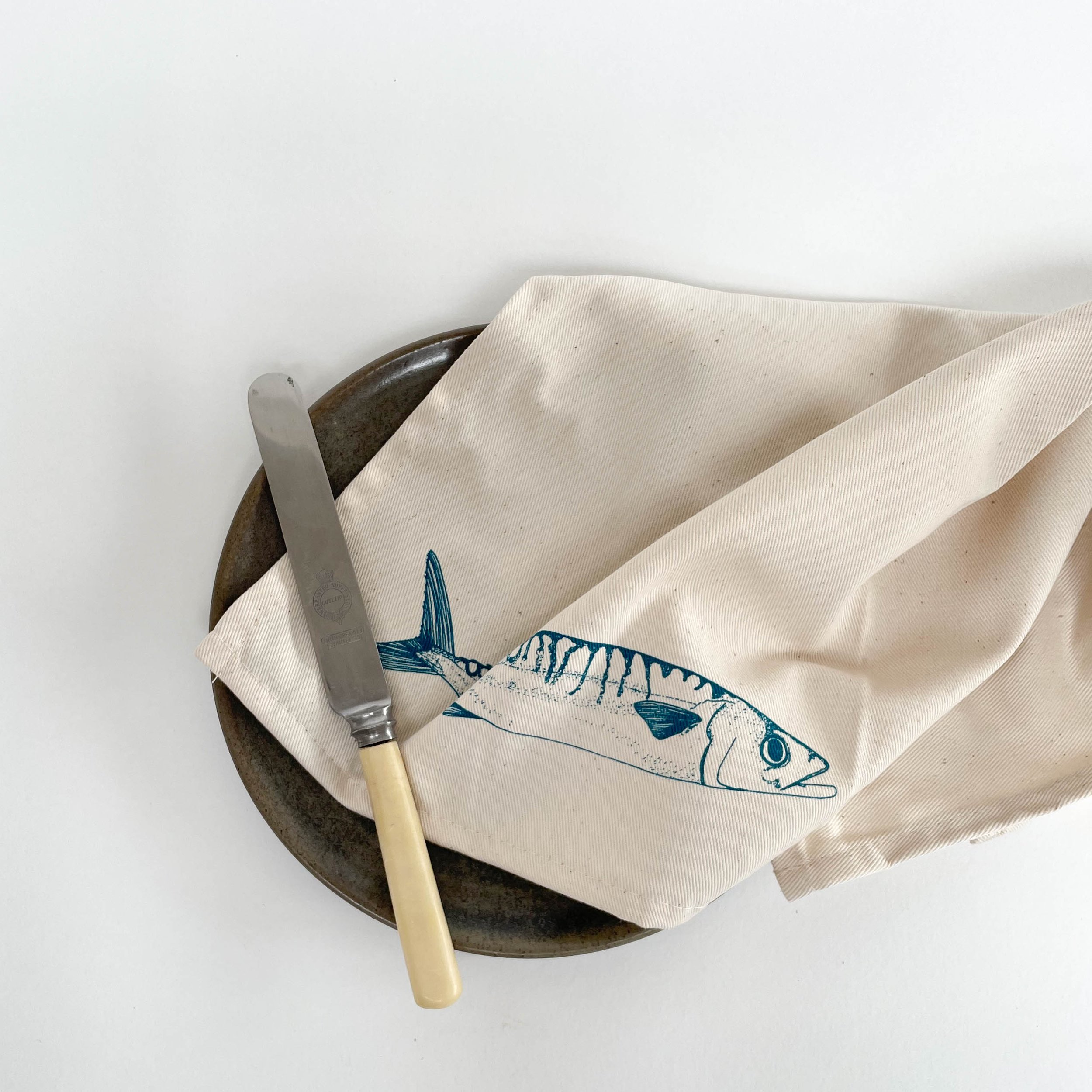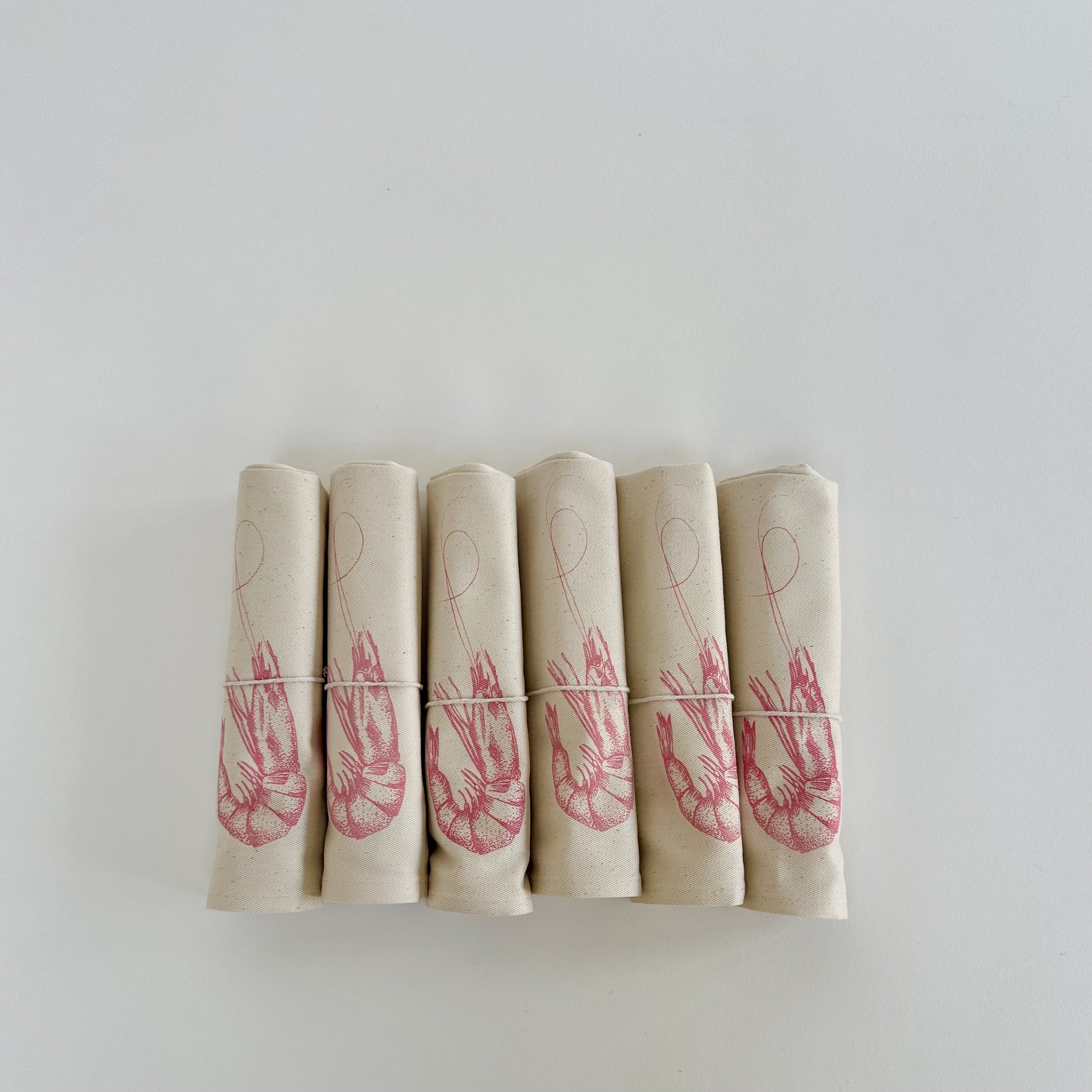TABLE MANNERS: TUESDAY NAPKINS
Embroidered napkin and leftovers, Tuesday lunch May ‘24
TABLE MANNERS
Every Tuesday I walk to my mother-in-law’s house for lunch. When I get to the door I’m met by the smell of something good. Traditionally, as I follow Wendy into the house, she makes an excuse; ‘this didn’t rise’, ‘that didn’t go to plan’ or ‘I had to substitute this for that, so it will taste dreadful’. None of which are ever true. In the kitchen the table is laid and there is always a napkin for each of us.
When I mentioned how much I loved this a couple of weeks ago, how cared about it makes me feel, we began talking about the significance of napkins. It turns out that the napkin has quite a history.
Tuesday Lunch at Wendy’s, June ‘24
TUESDAY NAPKINS
by Wendy O.
My mother’s brother married a woman who thought herself a cut above. She once reprimanded my mother for using the word ‘serviette’. ‘The correct term is napkin’ she pontificated whilst replacing a gauloise in her long, black cigarette holder and disappearing in a cloud of smoke. My mother was mortified, having been firmly put in her place.
We can blame Nancy Mitford who wrote in her 1954 essay on ‘The English Aristocracy’ in Encounter, that to use ‘serviette’ is quite wrong, and one should say ‘napkin’. Rather like saying ‘toilet’ rather than ‘lavatory’ or ‘dinner’ rather than ‘lunch’ for the midday meal – terribly non-U.
Generally, today ‘serviette’ is an acceptable term used for a square of paper or cloth used when eating finger food, usually eaten standing. It originates from the French ‘to serve’, whereas that deliciously starched and ironed square of linen known as a napkin since the fourteenth century, comes from ‘kin’ meaning little, and ‘nap’ from the French ‘nappe’, a tablecloth.
When Helen comes to lunch on Tuesdays there are always two white napkins on the table – even though the food is humble. It’s probably my attempt to elevate the offering, which, let’s face it, has sometimes been imaginatively, or more often unimaginatively, thrown together, but she says it makes her feel special. Apart from the practicalities of garment or face saving if you spill soup in your lap, that’s what napkins do, they make the occasion and the guest feel special.
Embroidered Napkins, 18th Birthday mementoes
From the fourteenth century onwards, there was an element of showing off to less fortunate neighbours, which grew into an extravaganza of one-upmanship with fancy napkin rings and holders, and the art of napkin folding which reached its zenith in the sixteenth century where it was seen as table sculpture. In Italy, starched linens were folded into large centrepieces called ‘triumphs’ depicting animals, real and mythical, natural phenomena and architectural creations.
In the mid eighteenth century, a school in Nuremberg was devoted entirely to napkin folding and place setting, and several books were written on the subject.
Wedding guests were often given napkins as gifts, a tradition unknowingly resurrected in 2023 when my granddaughter embroidered personalised napkins at her eighteenth birthday dinner as mementoes for her guests to keep.
Napkins are also notorious subjects for mythmaking. The number of brilliant scientific ideas, poems or outlines of best-selling novels sketched on their pristine or gravy-stained surfaces is incalculable. It is said that Picasso drew on a napkin in lieu of payment for a meal, and that the Gettysburg address was written on a napkin. This raises the question of creative inspiration; can several bottles of wine and a good meal in a bistro act as a stimulus? If so, lead me there.
Napkins are signifiers, and I like to think they are less about exhibitionism or class today and more about making your guest feel comfortable and welcome. Having said that – the number of books on napkin folding currently available might suggest otherwise. WEO
Summer Table










